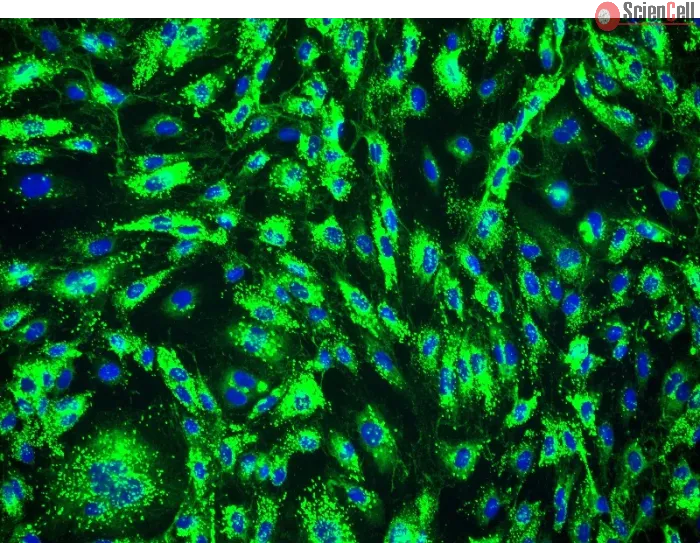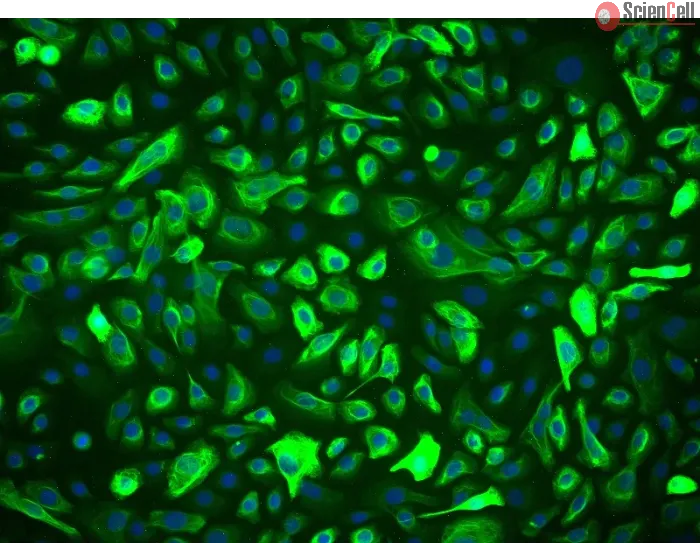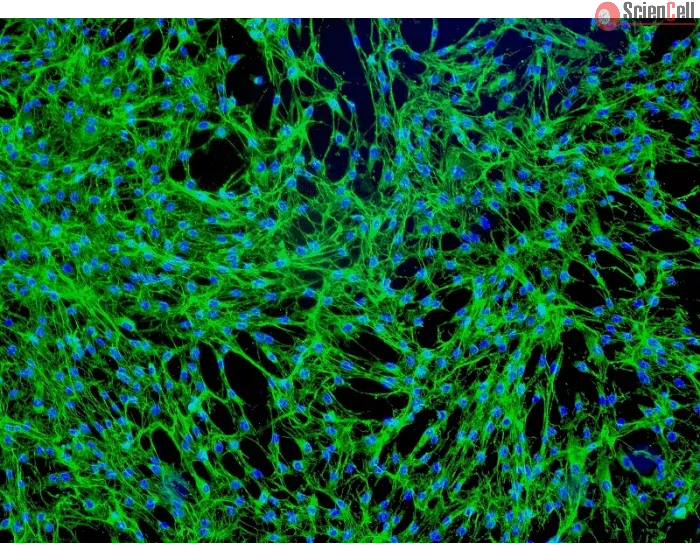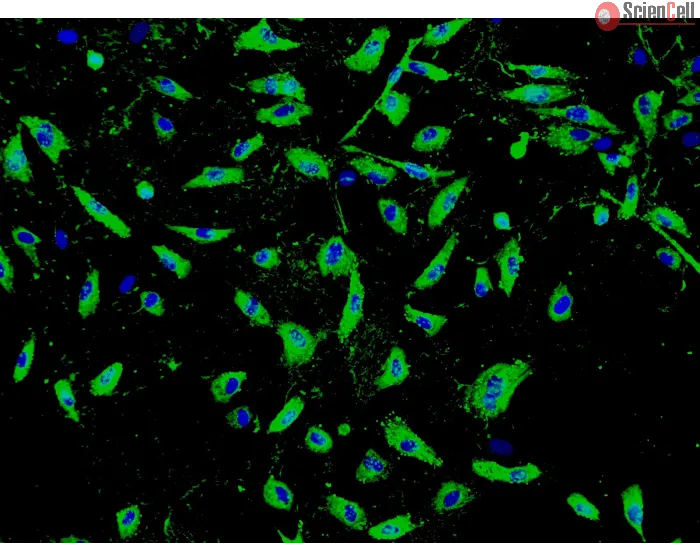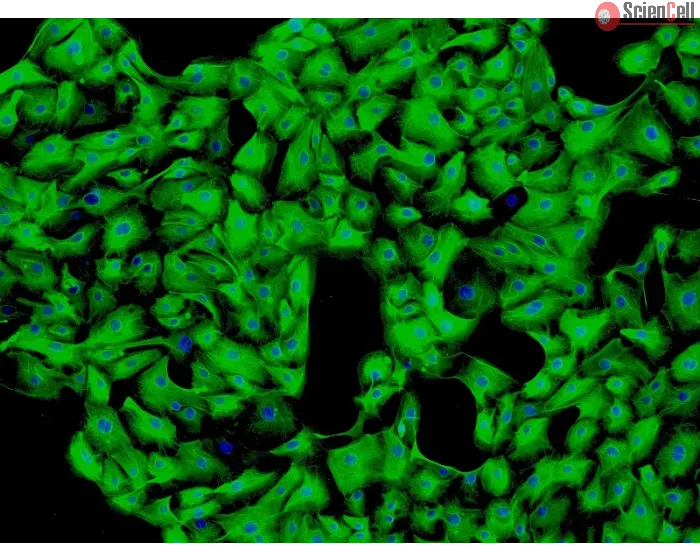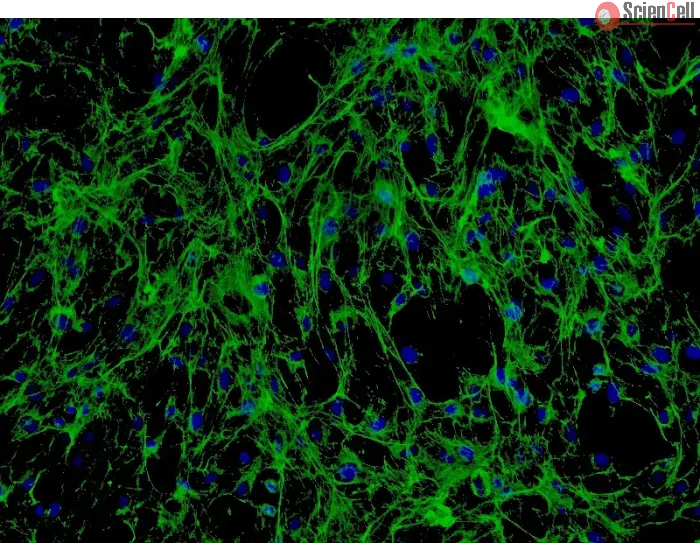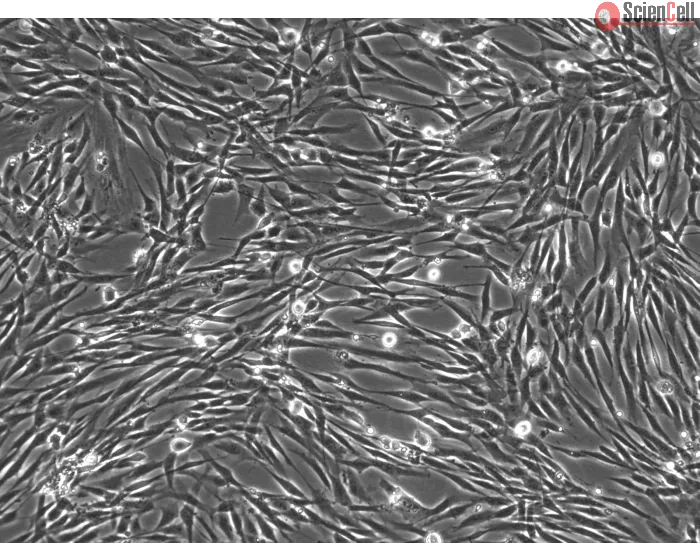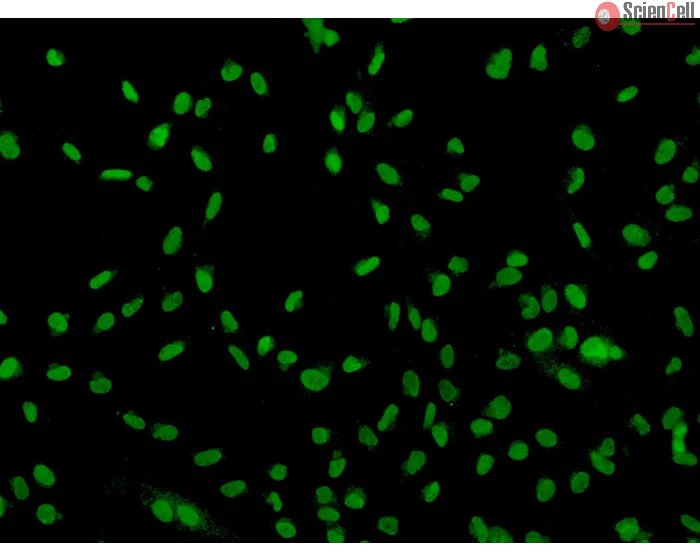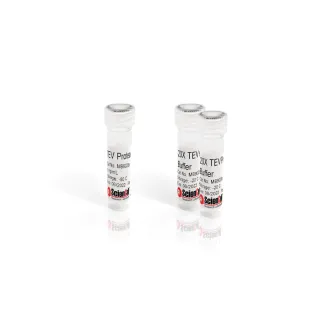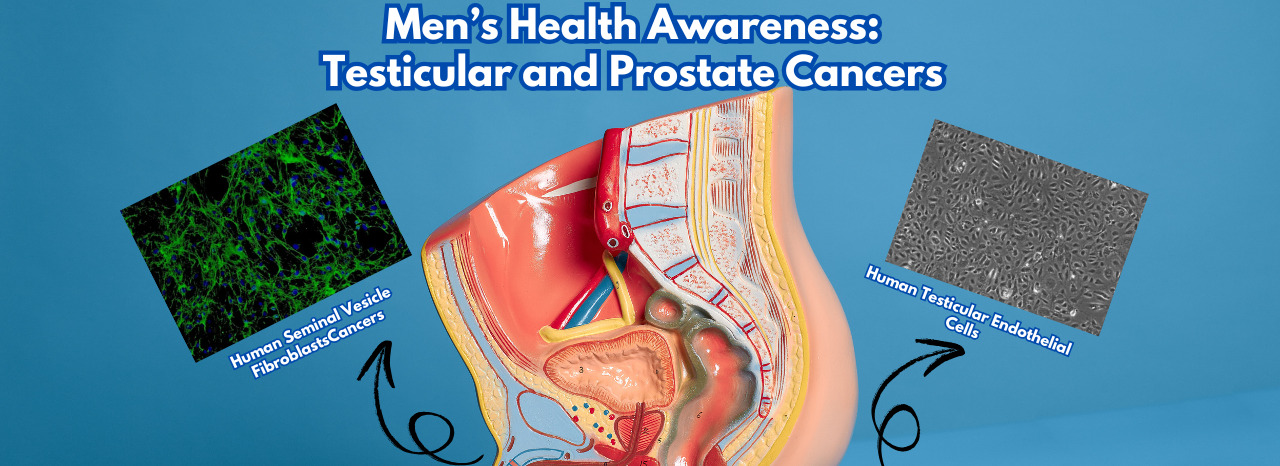

Advancing Research in Men's Health: In Vitro Models for Cancer and Other Diseases
Prostate and testicular diseases are major public health challenges. Approximately 1 in 8 men will be diagnosed with prostate cancer in their lifetime, and 1 in 250 men will be diagnosed with testicular cancer.
April is Testicular Cancer Awareness Month, a time dedicated to raising awareness about the most common cancer in men, ages 15-44. During this time, we also highlight the importance of research dedicated to better understanding prostate cancer pathogenesis, in addition to testicular research.
Early detection is key, often eliminating the need for additional surgeries, chemotherapy, or radiation. It also eases the financial and emotional burden on patients and their families.
This month, we encourage you to take action to help raise awareness and support the fight against this disease. Together, we can increase awareness, save lives and make a meaningful difference. (April - Testicular Cancer Awareness Month — TCAF)
ScienCell Research Laboratories offers a comprehensive collection of primary human cells derived from these tissues, providing powerful in vitro models to dissect disease mechanisms and study cellular responses.
Unraveling Prostate Diseases
Prostate cancer is a major health concern for men, with a high morbidity and mortality rate. Understanding the interactions between different cell types within the prostate is crucial for developing effective therapies.
Human Prostate Microvascular Endothelial Cells (HPrMEC, Cat. 4400) play a significant role in inflammation, tumor metastasis, and wound healing. In prostate cancer, interactions between prostate cancer cells and endothelial cells in microvessels are vital for tumor metastasis.
Studies suggest that PrMEC may actively participate in prostate growth by secreting regulatory factors like IL-6. Culturing HPrMEC allows for the investigation of these critical interactions in vitro.
Human Prostate Epithelial Cells (HPrEpiC, Cat. No. 4410) provide unique opportunities to study normal prostate function, as well as chemical and hormonal carcinogenesis.
The prostate is composed of basal, luminal secretory, and intermediate epithelial cells, each with distinct cytokeratin expression profiles, and HPrEpiC cultures can help elucidate their roles in health and disease.
Human Prostate Fibroblasts (HPrF, Cat. No. 4430) are mesenchymal cells that secrete a non-rigid extracellular matrix rich in collagen and can synthesize FGF-like growth factors that may stimulate their growth, potentially contributing to the development of benign prostatic hyperplasia.
Studying HPrF in culture can provide insights into the stromal microenvironment's role in prostate health and disease.
Investigating Seminal Vesicle Disorders and Prostate Cancer Progression
The seminal vesicles are essential glands that contribute significantly to semen. Various pathological conditions, including congenital cysts, seminal vesiculitis, and neoplasms, can affect these glands.
Human Seminal Vesicle Microvascular Endothelial Cells (HSVMEC, Cat. No. 4450) and Human Seminal Vesicle Epithelial Cells (HSVEpiC, Cat. No. 4460) offer unique in vitro systems to study the biology and pathology of the seminal vesicles. Importantly, seminal vesicle invasion is often used as a prognostic marker in prostate cancer.
Understanding the cellular interactions within the seminal vesicles, particularly involving endothelial and epithelial cells, may provide clues to the mechanisms of cancer invasion.
Human Seminal Vesicle Fibroblasts (HSVF, Cat. No. 4470) and Human Seminal Vesicle Smooth Muscle Cells (HSVSMC, Cat. No. 4480) contribute to the structural and functional integrity of the seminal vesicles.
Human Seminal Vesicle Smooth Muscle Cells contraction aids in fluid secretion and their study can shed light on normal function and potential involvement in disease.
Exploring Testicular Development and Dysfunction
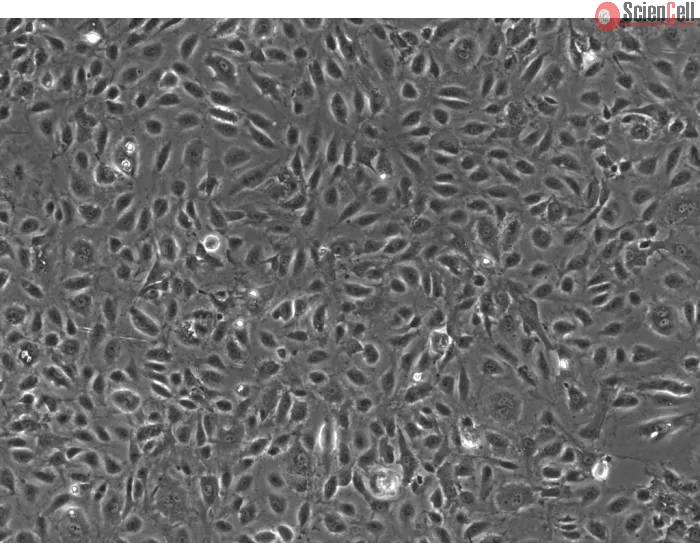 Human Testicular Endothelial Cells (HTEC, Cat. No. 4500) are crucial for testis cord formation during embryonic development and contribute to the establishment of the blood-testis barrier (BTB).
Human Testicular Endothelial Cells (HTEC, Cat. No. 4500) are crucial for testis cord formation during embryonic development and contribute to the establishment of the blood-testis barrier (BTB).
Studying HTEC in culture can help understand vascular defects in testis dysgenesis and offer insights into male reproductive disorders.
Human Sertoli Cells (HSerC, Cat. No. 4520) are essential for testicular development, spermatogenesis, and the formation of the blood-testis barrier. They provide structural support to seminiferous tubules and protect germ cells. Aberrant SerC proliferation can contribute to male reproductive disorders like testicular germ-cell cancer and low sperm count.
Cultured HSerC serve as valuable models to understand testicular dysgenesis syndrome and develop treatments.
Modeling Cellular Responses with Primary Cells
- These cryopreserved primary human cells are delivered at passage one, ensuring high viability and allowing for expansion under recommended culture conditions.
- These cultures can be used to study cellular responses to various stimuli, including growth factors, cytokines, hormones, and potential therapeutic agents relevant to men's reproductive health diseases.
- Researchers can investigate gene expression changes, protein signaling pathways, cell proliferation, migration, and differentiation in these primary cell models to gain a deeper understanding of disease mechanisms and identify potential therapeutic targets.
Advance your research in men's reproductive health by leveraging the power of primary human cell models! Explore our comprehensive collection of prostate, seminal vesicle, and testicular cells to gain critical insights into cancer and other debilitating diseases.

